Outside Sales: A Comprehensive Guide
Casey O'Connor
Contents
- What is Outside Sales?
- Understanding Outside Sales
- Inside Sales vs. Outside Sales
- The Characteristics of a Successful Outside Sales Representative
- Setting Up for Success
- The Sales Process in Outside Sales
- Building and Nurturing Customer Relationships
- Leveraging Technology in Outside Sales
- Overcoming Challenges in Outside Sales
- How Yesware Helps Outside Sales
Outside sales (also sometimes called “field sales”) refers to any sales processes that take place in person.
Often, outside sales refers to deals that require travel, but it can also include local sales that require face-to-face meetings.
The role of outside sales has shifted dramatically over the last five years since the world went largely remote due to the pandemic. And that landscape will likely continue to change in the years to come.
But just because the bulk of business is done online these days doesn’t mean that there’s no place for outside sales. This type of selling can actually be extremely effective when strategized and executed correctly — studies show that outside sales reps close up to 40% of their deals, while inside reps average about 30%, and also generate 14% more revenue than their remote counterparts.
In this article, we’ll go over just about everything you need to know about outside sales, including what it is, how it compares to inside sales, and how to be successful in the field.
Here’s what we’ll cover:
- What Is Outside Sales?
- Understanding Outside Sales
- Inside Sales vs. Outside Sales
- The Characteristics of a Successful Outside Sales Representative
- Setting Up for Success
- The Sales Process in Outside Sales
- Building and Nurturing Customer Relationships
- Leveraging Technology in Outside Sales
What is Outside Sales?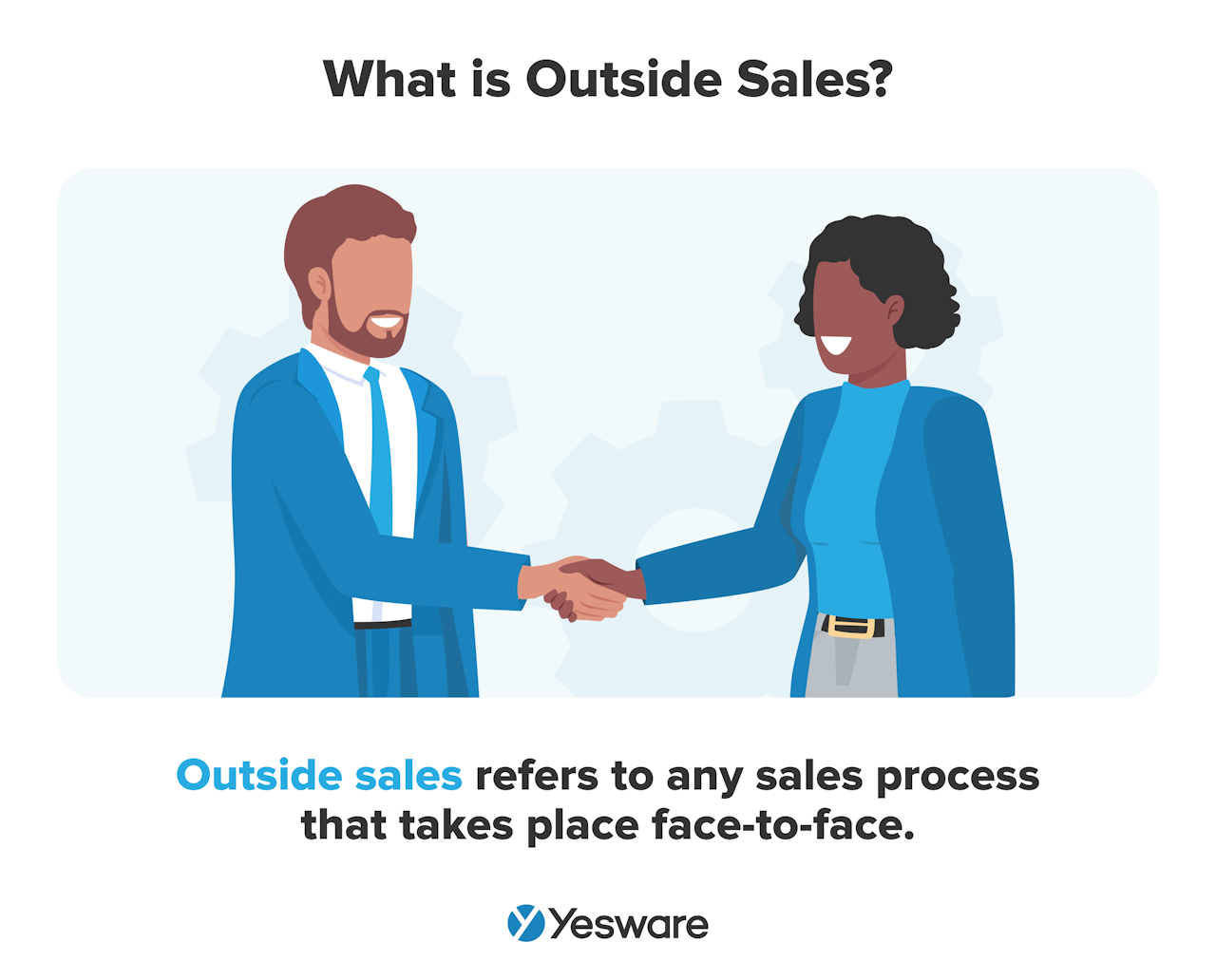
Outside sales refers to any sales process that takes place face-to-face.
Sometimes, outside sales requires sales reps to travel moderate or even long distances to meet with prospects.
In other cases, outside sales reps may sell to local prospects at their offices.
They may navigate the sales process in other locations, too, like trade shows, conferences, and even restaurants and other social places.
The key to outside sales is that deals are achieved through in-person meetings.
Understanding Outside Sales
Despite the rise in technology over the past two decades — and even in spite of the way the pandemic turned remote work to society’s “new normal” — outside sales still make up more than half of all sales organizations.
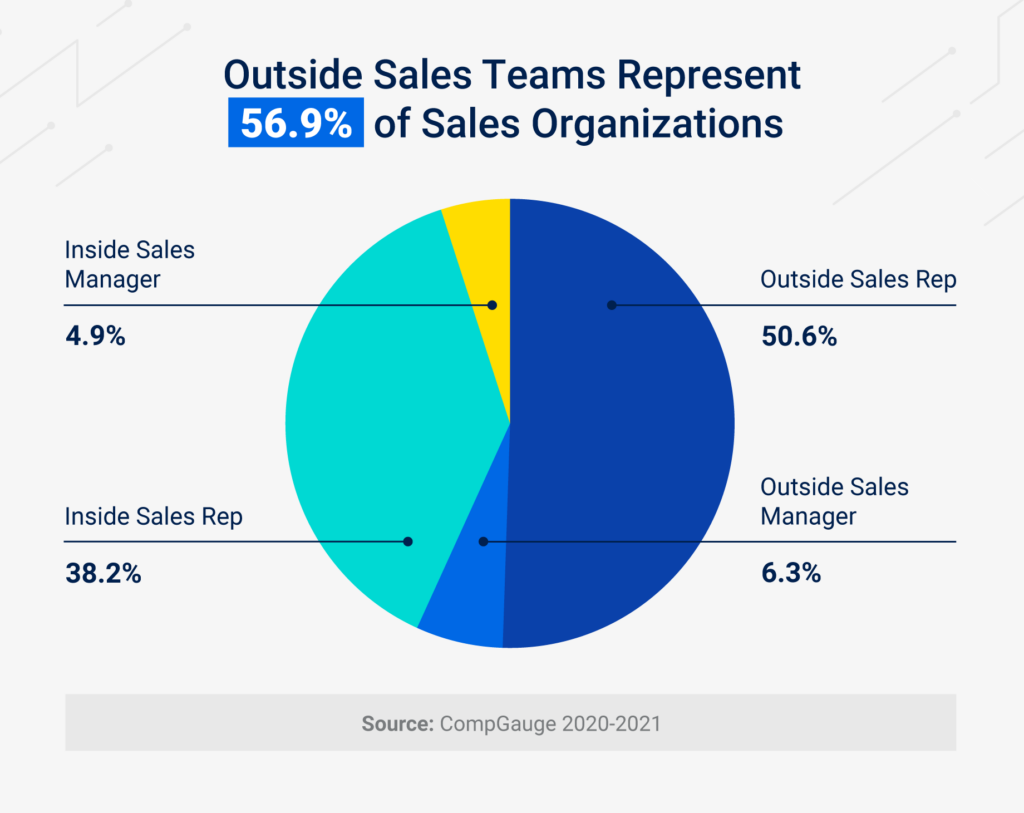
In fact, smart sales teams actually look for ways to leverage outside sales — even those who are primarily remote.
The Importance of Field Sales Representatives
There is truly no substitute for face-to-face connection when it comes to building strong prospect/customer relationships, and having that opportunity available to your team goes a long way for your bottom line.
More than half of communication is non-verbal. Field sales reps gain a huge advantage by being able to read their counterpart’s body language and react accordingly. 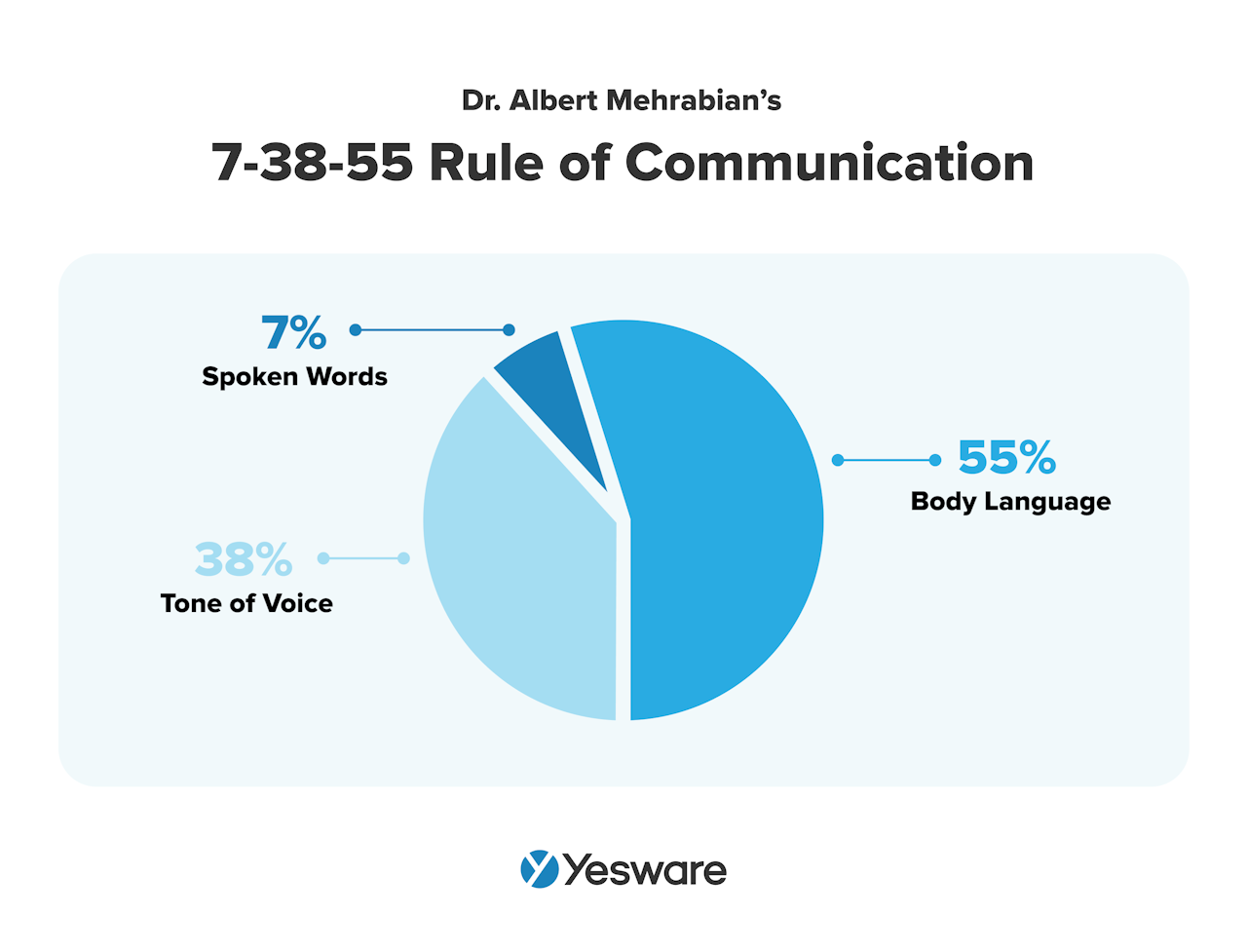 Potential buyers can also gain a lot of value from meeting in person. Outside sales reps have a lot more flexibility when it comes to sales materials, and how they visually present the product or service.
Potential buyers can also gain a lot of value from meeting in person. Outside sales reps have a lot more flexibility when it comes to sales materials, and how they visually present the product or service.
Given that 90% of the information sent to the human brain is visual, this opens up a world of opportunities for field reps to show their stuff (literally).
Strong customer relationships like the ones outside reps are skilled at building are important for customer lifetime value (LTV), brand loyalty, and a successful referral network. 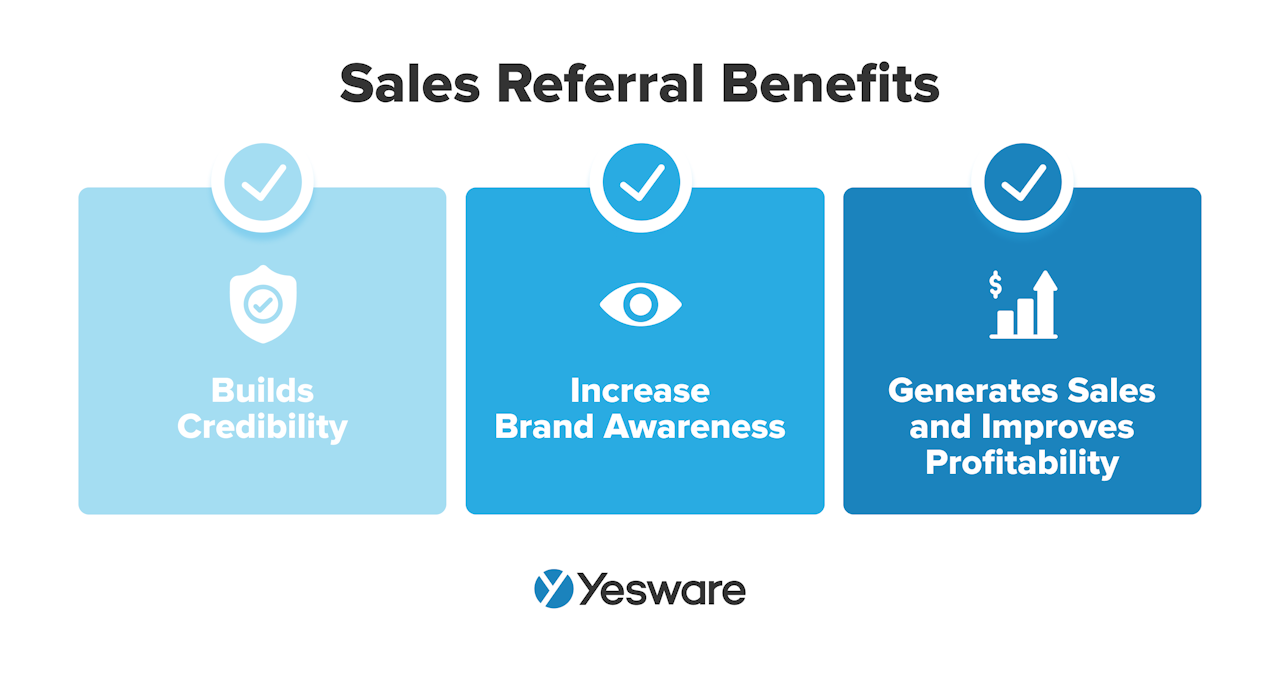 As far as sales metrics and KPIs go, outside sales reps also close 10% more deals than their inside counterparts (40% vs. 30%), and generate nearly 15% more than inside reps, as well.
As far as sales metrics and KPIs go, outside sales reps also close 10% more deals than their inside counterparts (40% vs. 30%), and generate nearly 15% more than inside reps, as well.
Field sales reps can also be incredibly insightful when it comes to identifying best-fit potential buyers. They’re also often the people in the best position to collect buyer feedback (either directly or by observation). This makes them important assets for the marketing team.
Outside sales reps are especially important for organizations that sell complex products or services, or to markets that require customized solutions.
Common Industries and Roles in Outside Sales
Although there are few sales teams that wouldn’t benefit from a field cohort, certain industries necessitate them more than others.
Outside sales reps are common in the following in the following industries (among others not listed):
- Educational sales rep
- Packaging sales rep
- Insurance sales rep
- Transportation sales rep
- Construction sales rep
- Electrical sales rep
- Manufacturing sales rep
- Technology
- Medical
Regardless of the specifics of their market, though, all field sales reps are responsible for the same general set of roles and responsibilities:
- Managing a specific sales territory or account base
- Generating new leads within that territory through face-to-face meetings
- Conducting meaningful conversations with prospects and customers to build deeper relationships and better understand their needs
- Creating best-fit solutions for prospects based on their unique needs and pain points
- Meeting monthly, quarterly, and annual sales targets and goals
- Creating and presenting personalized, in-person sales pitches and demos for well-qualified prospects
- Traveling to meet prospects where (and when) is most convenient and/or productive for them
It’s clear based on the job description: outside sales reps need to be flexible, and willing to be on the go for the better part of their day. They can set their own schedule, to some degree, but the time demands of their job will ultimately depend on the schedules of their prospects and customers.
With all that in mind, outside sales reps are often bestowed with significant responsibility on behalf of the team. Because field reps are typically skilled in building trust and creating deep, genuine connections with their buyers, they are often assigned high-value accounts with lucrative potential. These deals require a significant amount of a field rep’s time, but the payoff can be well worth it, both for the individual rep and the organization as a whole.
Inside Sales vs. Outside Sales
There are various differences between inside and outside sales. Let’s break them down. 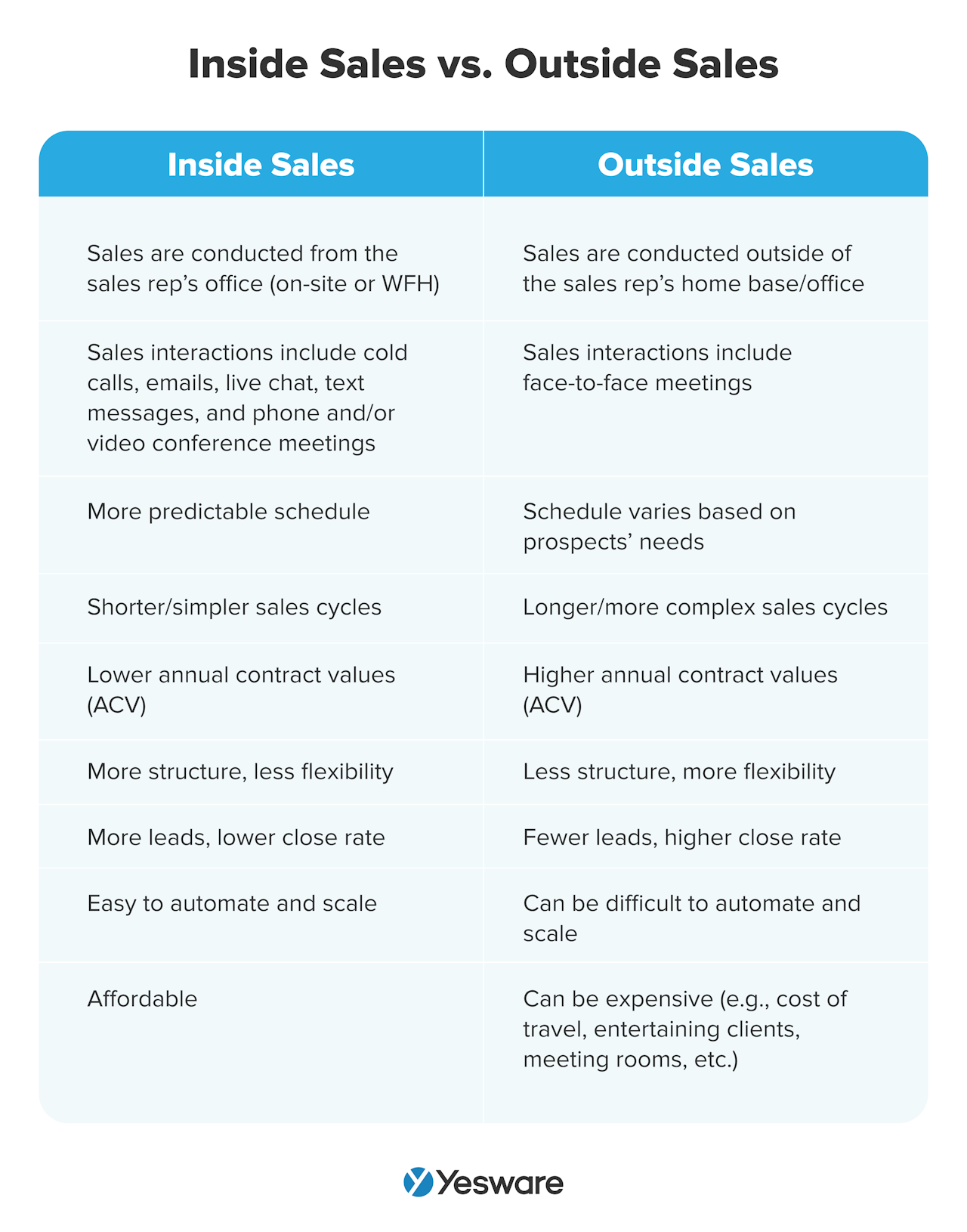 Inside Sales
Inside Sales
- Sales are conducted from the sales rep’s office (on-site or WFH)
- Sales interactions include cold calls, cold emails, live chat, text messages, and phone and/or video conference meetings
- More predictable schedule
- Shorter/simpler sales cycles
- Lower annual contract values (ACV)
- More structure, less flexibility
- More leads, lower close rate
- Easy to automate and scale
- Affordable
Outside Sales
- Sales are conducted outside of the sales rep’s home base/office
- Sales interactions include face-to-face meetings
- Schedule varies based on prospects’ needs
- Longer/more complex sales cycles
- Higher annual contract values (ACV)
- Less structure, more flexibility
- Fewer leads, higher close rate
- Can be difficult to automate and scale
- Can be expensive (e.g., cost of travel, entertaining clients, meeting rooms, etc.)
The Characteristics of a Successful Outside Sales Representative
Outside sales requires a very specific set of characteristics and skills, some of which (to a degree) can’t be taught with explicit training.
To be fair, inside sales requires certain skills, too — no inside sales rep would survive, for example, without a solid understanding of basic technology. But outside sales are known for requiring a little something extra.
Sales Skills and Techniques
Outside sales reps need to possess a handful of soft-sell skills. 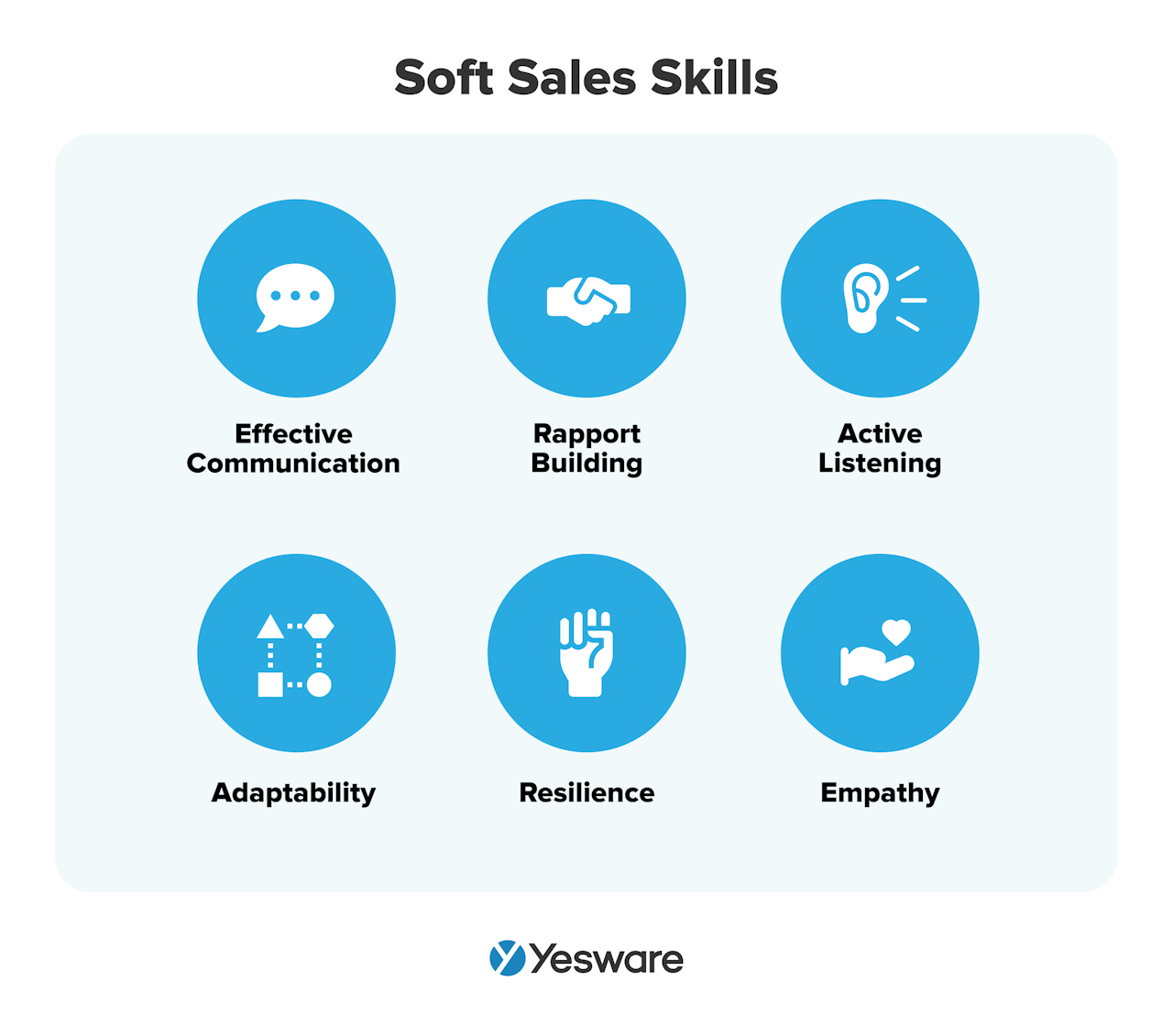 The most important of these are effective communication, building trust and rapport, and active listening.
The most important of these are effective communication, building trust and rapport, and active listening.
Effective Communication
The outside sales rep’s job depends on their ability to build and maintain productive, genuine, trust-filled relationships through in-person conversations and presentations.
Although most successful buyer/seller relationships look easy from the outside, the truth is that they aren’t always as straightforward as they seem. Not all sales reps can skillfully build a mutually enjoyable, mutually productive relationship with someone who knows they’re being sold to.
Outside sales reps need to possess strong in-person communication skills.
In-person communication is the edge that inside sellers don’t get, so field reps need to leverage it to its fullest potential. They need to be able to communicate everything effectively, from small talk and pleasantries to features and benefits to objections and contract terms.
Rapport Building
Building rapport is the act of creating a friendly, mutually satisfying relationship that’s based on respect and open communication. 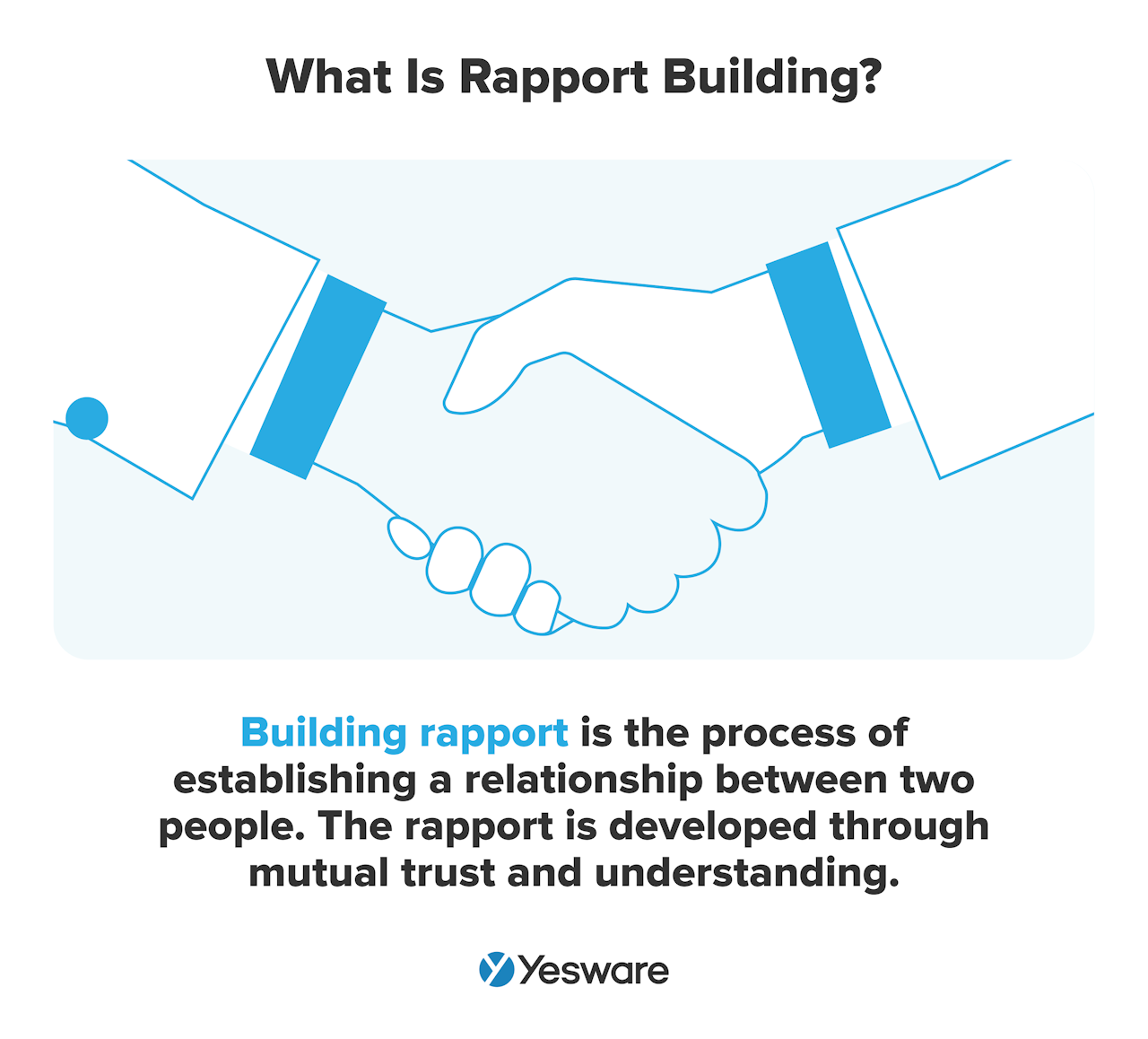 Sales reps can build rapport in a variety of ways: common opinions, shared experiences, similar viewpoints, mutual interests or connections, etc. This rapport is what leads to trust, which is very important in sales, as prospects are more likely to buy from people they trust.
Sales reps can build rapport in a variety of ways: common opinions, shared experiences, similar viewpoints, mutual interests or connections, etc. This rapport is what leads to trust, which is very important in sales, as prospects are more likely to buy from people they trust.
Active Listening
Equally as important as what outside reps say during their in-person meetings is what they hear.
Active listening is one of the most important sales skills for outside reps to master. 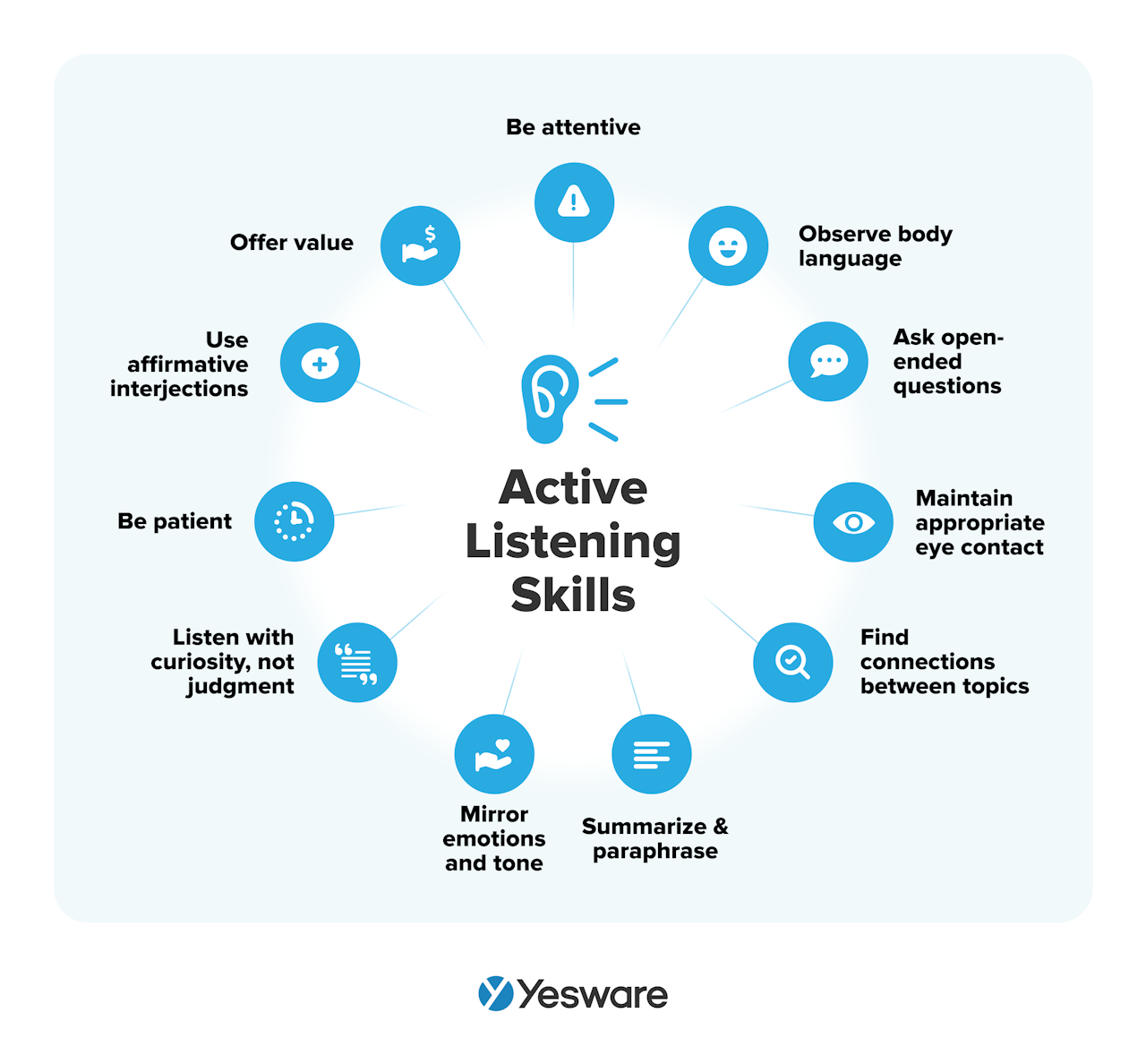 Active listening is the process of listening to truly understand, instead of just to respond. There’s science to back this up — research shows that top-performing sales reps are the only group who listen more than they talk (average- and low-performers have much more trouble sharing the floor!).
Active listening is the process of listening to truly understand, instead of just to respond. There’s science to back this up — research shows that top-performing sales reps are the only group who listen more than they talk (average- and low-performers have much more trouble sharing the floor!).
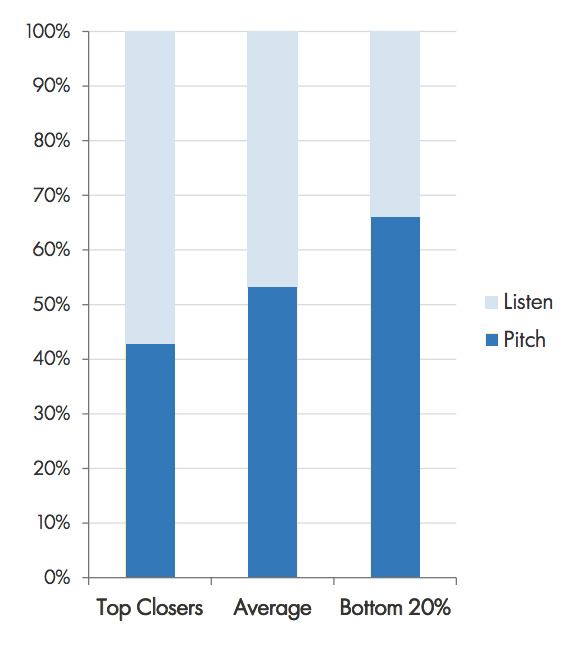
Independence and Self-Motivation
Because field sales reps are out of the office so frequently, it’s very important that they can self-initiate their work activities, maintain strong time management skills, and stay motivated without a lot of oversight.
Outside sales reps should also be tech-savvy enough to navigate whatever they need to within the tech stack with the assumption they won’t have the benefit of on-site support.
Adaptability and Problem-Solving
Field sales reps have a very multifaceted job.
For example, they need to be comfortable with both solitude (e.g., long stretches of solo travel) and also long days and even full weeks (e.g., conferences, networking events) packed with face-to-face time.
They also need to have the lifestyle and flexibility to pack up and go when a deal is hot, while at the same time be prepared to settle in somewhere — with no tangible endpoint — until a deal closes.
Outside reps run into all kinds of people and places. To that end, they need to know how to handle a variety of challenges and roadblocks; sharp problem-solving skills are non-negotiable for outside sales reps.
Setting Up for Success
Regardless of their territory or customer base, there are a few standard practices that all field sales reps can pay attention to in order to set themselves up for maximum success.
Territory Management
Sales territory management is the process of defining sales territories and prioritizing their various leads accordingly.
Territory management can have a dramatic impact on how well your team functions; Harvard Business Review reports that optimized sales territories have 7% more sales and a 14% higher objective achievement rate than organizations without territory strategy.
Territory management is a key part of an outside sales rep’s job. While they may not oversee the process from the top, field reps still need to have a firm grasp on how the organization’s various territories are served by the sales team.
Defining and Mapping Territories
When it comes to managing sales territory, the first step is to clearly define the criteria for how your organization marks boundaries around each territory for which your reps are responsible.
Some outside sales teams, for example, assign territories based on geographical location. One sales rep might work with all prospects in the Northeast, while another sticks to the Pacific Northwest. Geographic territories could also be based on city, state, or zip code.
Another team might find that product territories work best for their organization, with one rep selling to all customers of Product A (regardless of their location) and another selling to all customers of Product B.
Other types of territory management include (but are not limited to):
- Customer territories
- Industry territories
- Sales channel territories
- Territories based on number of existing customers
- Territories based on revenue potential
Defining sales territories helps field reps visualize where their opportunities are, as well as their customer base (this is the backbone of location intelligence, a process that can be automated with software or conducted manually).
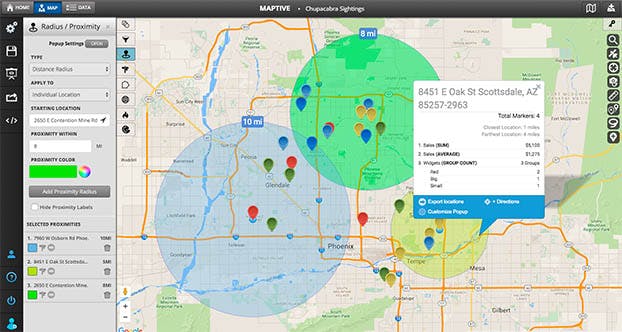
Defining and mapping sales territories helps sales managers strategize effectively and assign resources accordingly.
Sales leaders should consider the following factors when they define their sales territories:
- Market data, trends, and predictions
- Customer segment details
- Sales targets and larger organizational goals
- Population density
- Concentration of customers
- Accessibility (transportation, affordability, etc.)
It’s also important to have an eye for balance when you create territories. Each sales rep should have equitable access to a profitable territory.
Prioritizing Leads and Prospects
Having a well-defined sales territory allows sales reps to prioritize their leads and prospects. The better reps can optimize their pipeline, the less time they’ll waste — which means more time to generate more leads and make more sales.
Sales Tools and Resources
Outside sales reps have the luxury of being able to bring with them tangible sales collateral. The impact that this visual advantage can have in the sales cycle can’t be understated.
These in-person sales resources include (but are not limited to):
- Printed sales materials (e.g., brochures, comparison charts, price lists)
- Product samples
- Branded goods
- Convention stands
- Business cards
That being said, field sales reps also need to have access to a suite of tech tools to help them navigate the sales process wherever they and their prospects are.
These tools include (but are not limited to):
- Laptop and smartphone
- Tablet for presentations and forms
- CRM platform
- Sales enablement platform
- Pipeline management platform
- Territory management platform
Although field reps are usually on the road, they still need to make themselves available for the appropriate training for each of the tools in their tech stack, in whatever format their manager deems is most appropriate.
Fortunately, the vast majority of software onboarding/training programs can be completed remotely; field reps should be held just as accountable as the rest of the team for leveraging the tech stack to its fullest potential.
Goal Setting and Performance Metrics
One of the perks of being a successful outside sales rep is that the role often lends itself to impressive results. Reps who travel to meet with prospects are more likely to close and also bring in larger profits.
Setting sales goals with the SMART framework can help your outside sales cohort track and improve their individual and collective progress. 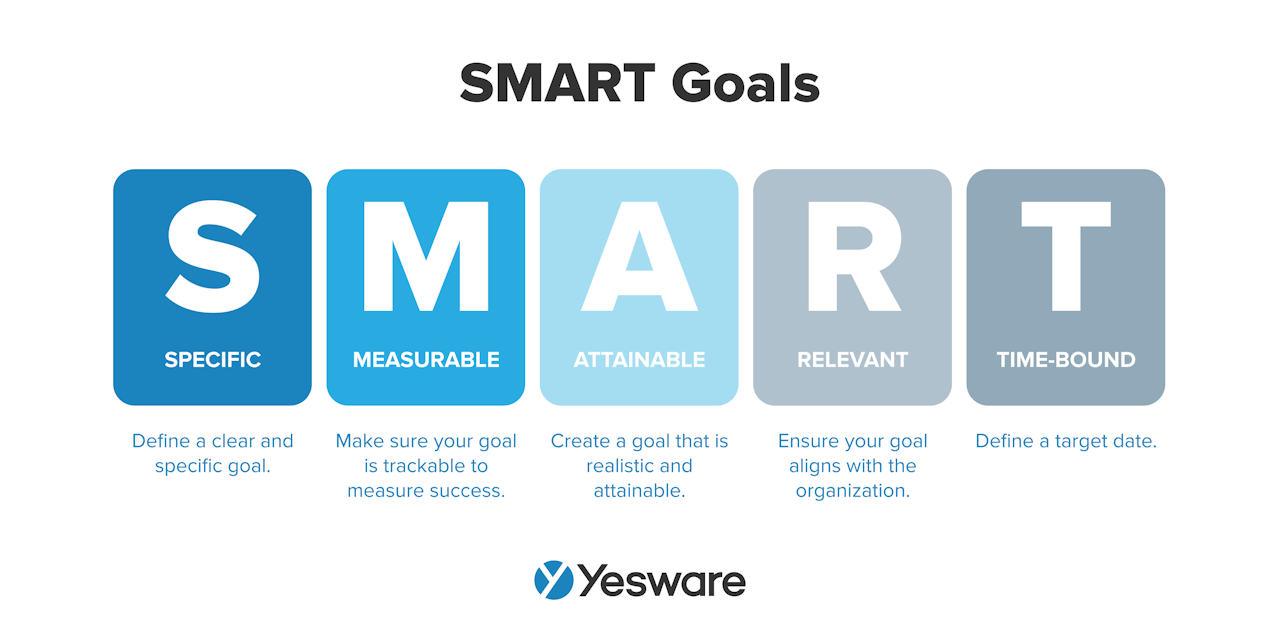 Most outside sales teams would benefit from tracking and optimizing a core set of sales metrics and KPIs.
Most outside sales teams would benefit from tracking and optimizing a core set of sales metrics and KPIs.
Target Sales Metrics
The following sales metrics will give you a good idea of how well your sales pipeline operates.
- Number of leads generated
- Meetings booked
- Proposals sent
- Deals closed
- Average deal size
- Average sales cycle length
- Customer satisfaction rate
- Customer retention rate
- Referral rate
- Conversion rate
There may be additional sales metrics relevant to your team that will also be prudent to track.
Key Performance Indicators
The following sales KPIs will give you a good idea of how well your sales pipeline operates.
- Individual quota attainment
- Increase in new leads
- Relationship with customers
- Sales rep satisfaction
- Customer satisfaction
- Goals vs. actual results
- Average deal size
- Churn rate
- Follow-up rate
- Number of new opportunities
- Opportunity-to-win ratio
- Activity goals/activity results
- Total time in the field
- Total idle time in the field
- Time spent with prospects
- Number of meetings/appointments in a day
- Cancellation rates
- Call-to-meeting ratio
- Talk-to-listen ration
- Meeting-to-win ratio
- Rejection rate
- Reasons of rejection
- Sales cadence
- Average sales cycle length
- New revenue
- Year-over-year (YoY) growth
- New clients customer lifetime value (LTV)
- Territory new revenue (rate of growth)
- Number of calls made
- Number of emails sent
- Percentage of referrals from existing customers
- Revenue increase from existing customers
- Average pipeline deal value
There may be additional KPIs relevant to your team that will also be prudent to track.
Tip: Our ebook below looks at various psychology-backed strategies to help you persuade prospects in face-to-face conversations.
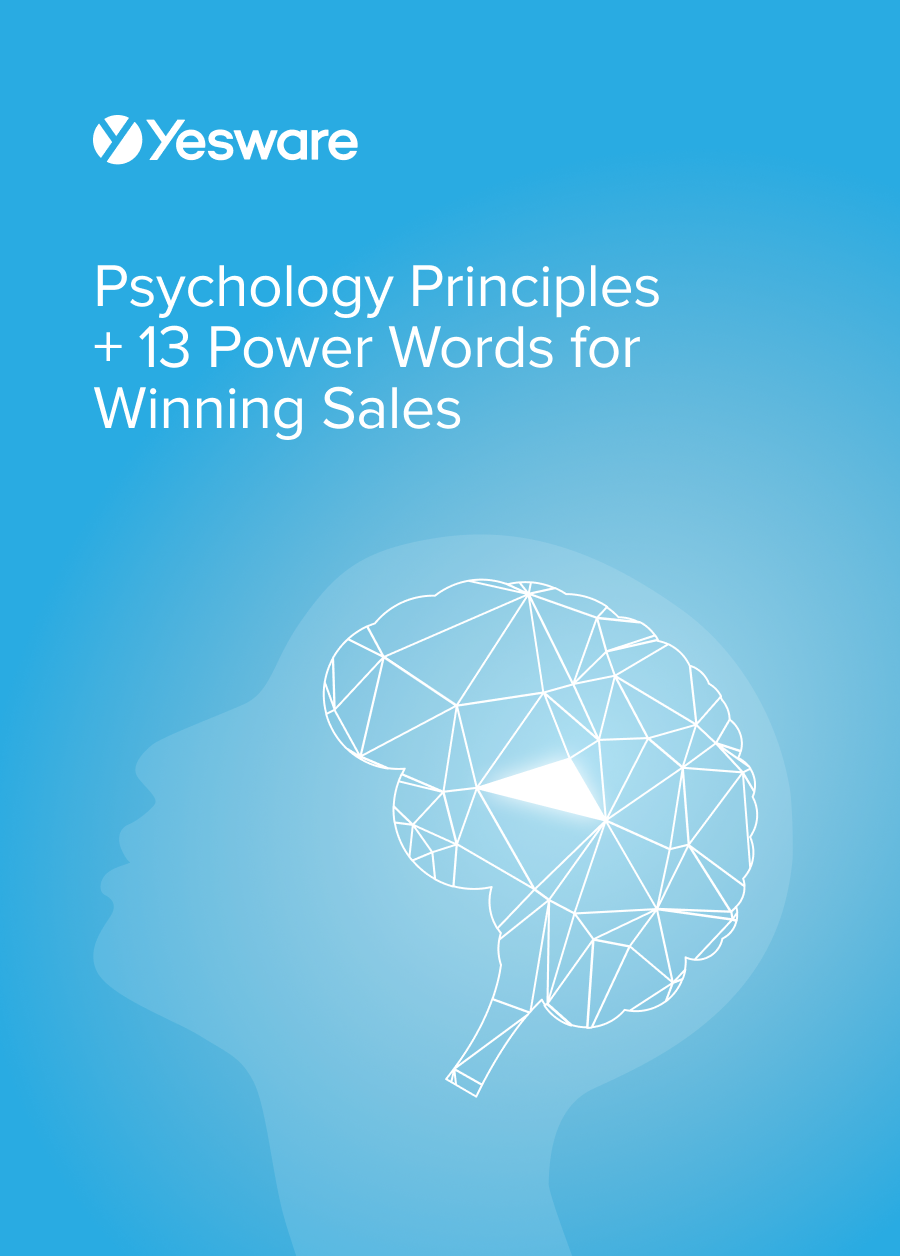 Psychology Principles + 13 Power Words for Winning SalesData-backed psychological principles, nonverbal cues, and persuasive phrases to win more deals.
Psychology Principles + 13 Power Words for Winning SalesData-backed psychological principles, nonverbal cues, and persuasive phrases to win more deals.
The Sales Process in Outside Sales
Although there’s a tremendous amount of flexibility in the role, most field reps follow the same general sales process.
Prospecting and Lead Generation
Knowing that leads are fewer in outside sales, it’s that much more important that reps master the sales prospecting and B2B lead generation processes. Bad leads are a waste of time, and that wasted time will ultimately trickle down to your bottom line.
Identifying Prospects
Sales technology can be a huge asset to field reps when it comes to identifying and locating prospects. This kind of software can identify leads based on territory criteria set by the user, and provide the assigned rep with up-to-date, accurate data that helps them initiate contact.
Cold Calling and Networking
Once reps have done their research on good-fit prospects within their territory, it’s time to reach out.
Many sales reps make the first contact in person (e.g., a trade show, introduction by a mutual contact, etc.), but some outside reps also make regular sales calls. And that can actually work in their favor — many sales professionals are surprised to learn just how many high-level executives are open to cold calls. 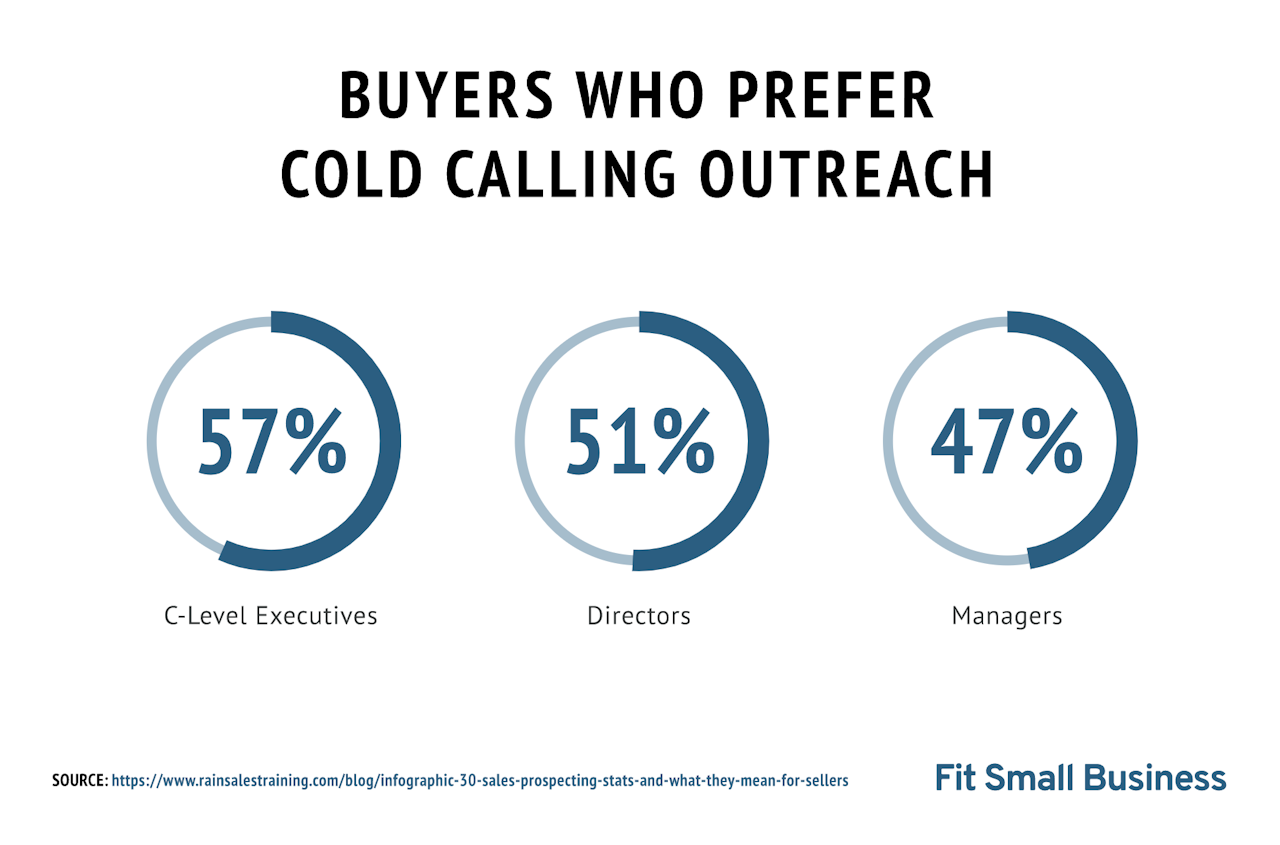 Field reps can make this task easier on themselves by creating cold call scripts that they can test, optimize, and use over and over again.
Field reps can make this task easier on themselves by creating cold call scripts that they can test, optimize, and use over and over again. 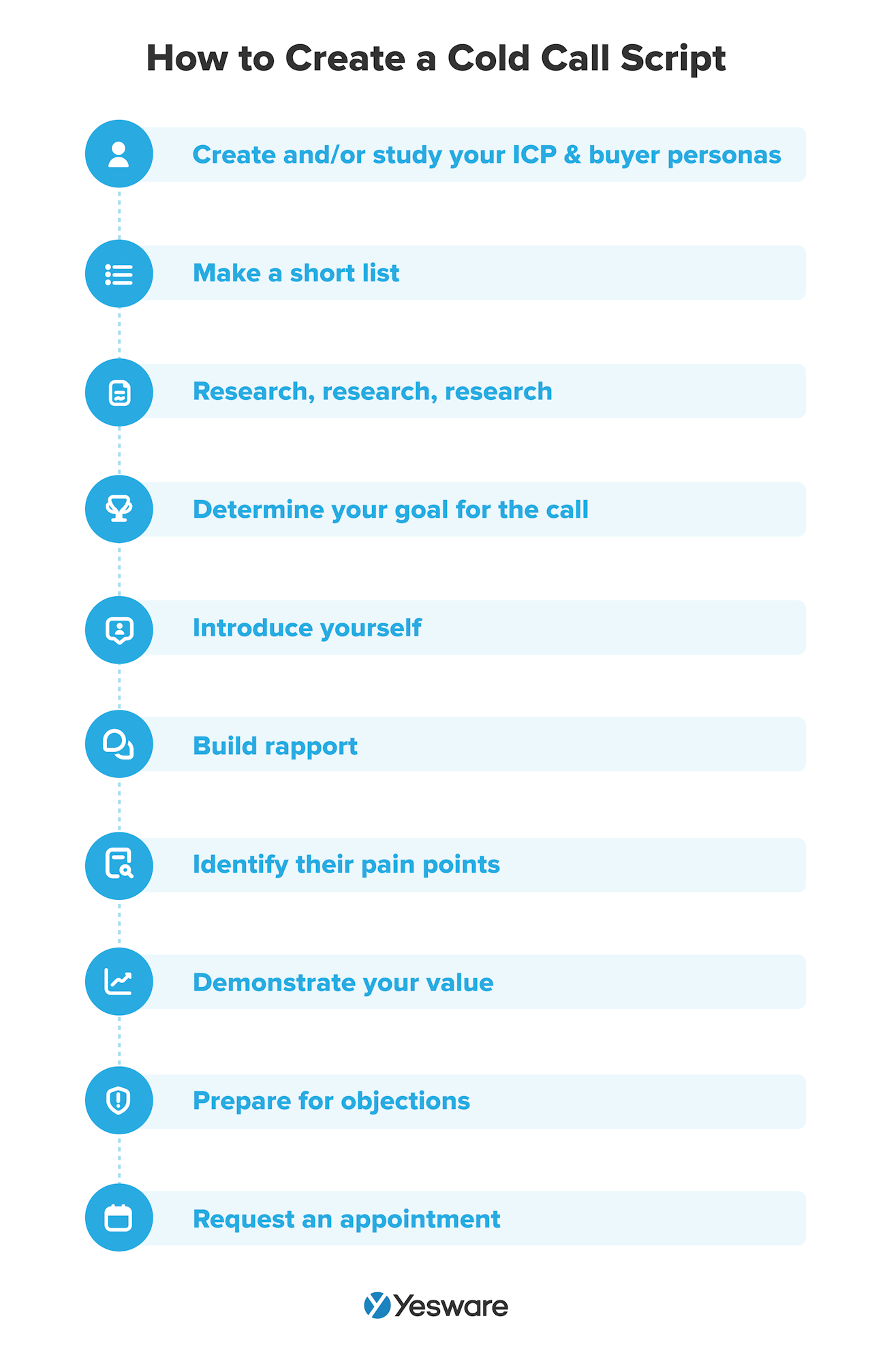 Sales reps can also improve their odds by using data to improve their strategy. For example, Yesware studied over 25,000 sales calls and found that the best time to dial (based on answer rate and length of call) is 3:00pm – 5:00pm on Tuesdays and Thursdays.
Sales reps can also improve their odds by using data to improve their strategy. For example, Yesware studied over 25,000 sales calls and found that the best time to dial (based on answer rate and length of call) is 3:00pm – 5:00pm on Tuesdays and Thursdays.
Qualifying Leads
Outside reps also get a big advantage when it comes to qualifying prospects, because they can gain insight from body language and other in-person clues.
Some experienced sales reps are able to qualify prospects “free-form,” using their own list of open-ended sales questions that help them determine whether or not they will truly benefit from your offer. 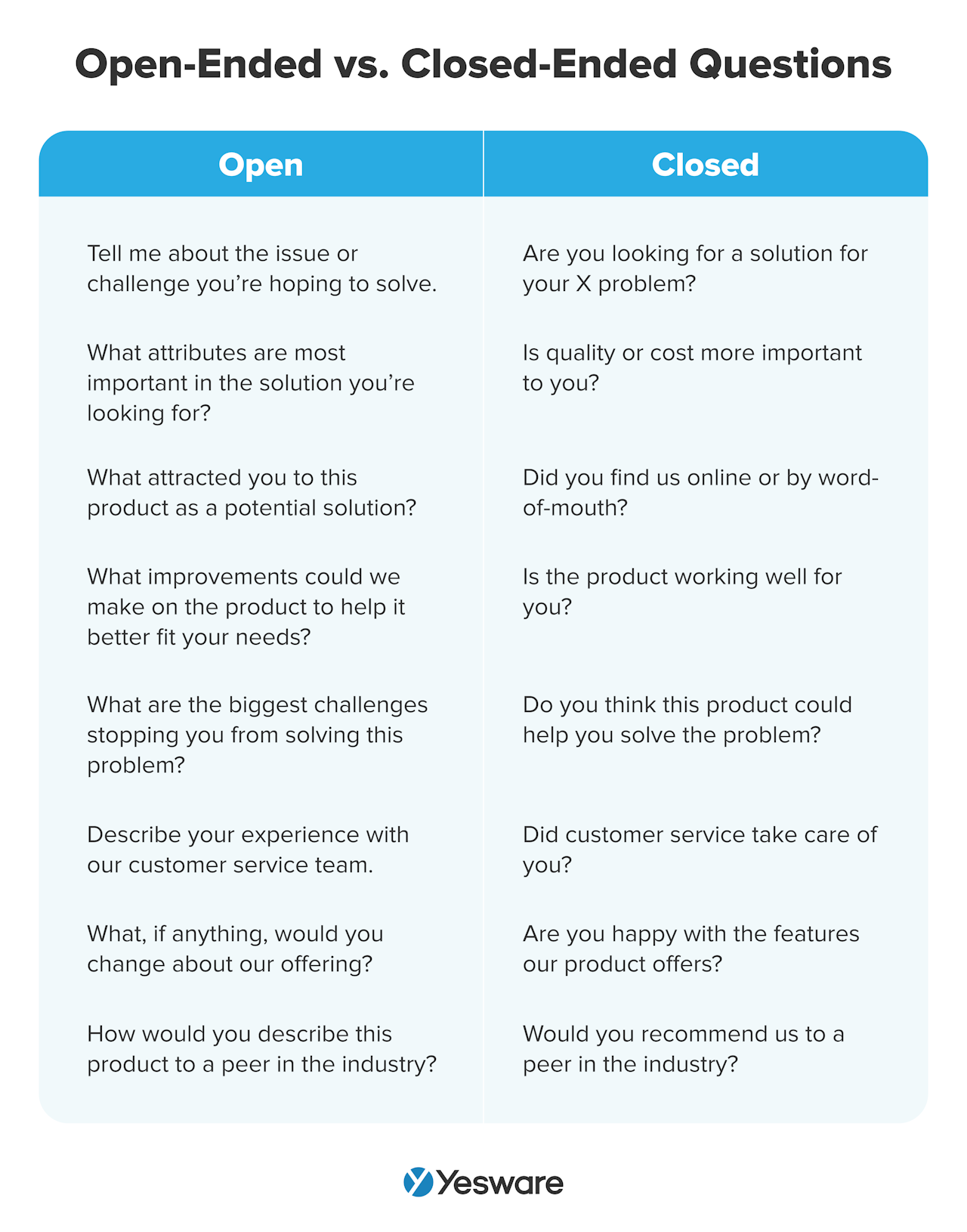
Needs Assessment
A needs assessment is another resource that can help B2B field sales reps qualify leads. This is a questionnaire-type document that can help reps identify how to best create a solution for their individual needs.
For reps who want to add even more structure to the process, there are several lead qualification frameworks (e.g., BANT, SPIN, CHAMP, etc.) that can act as a guide through the conversation. 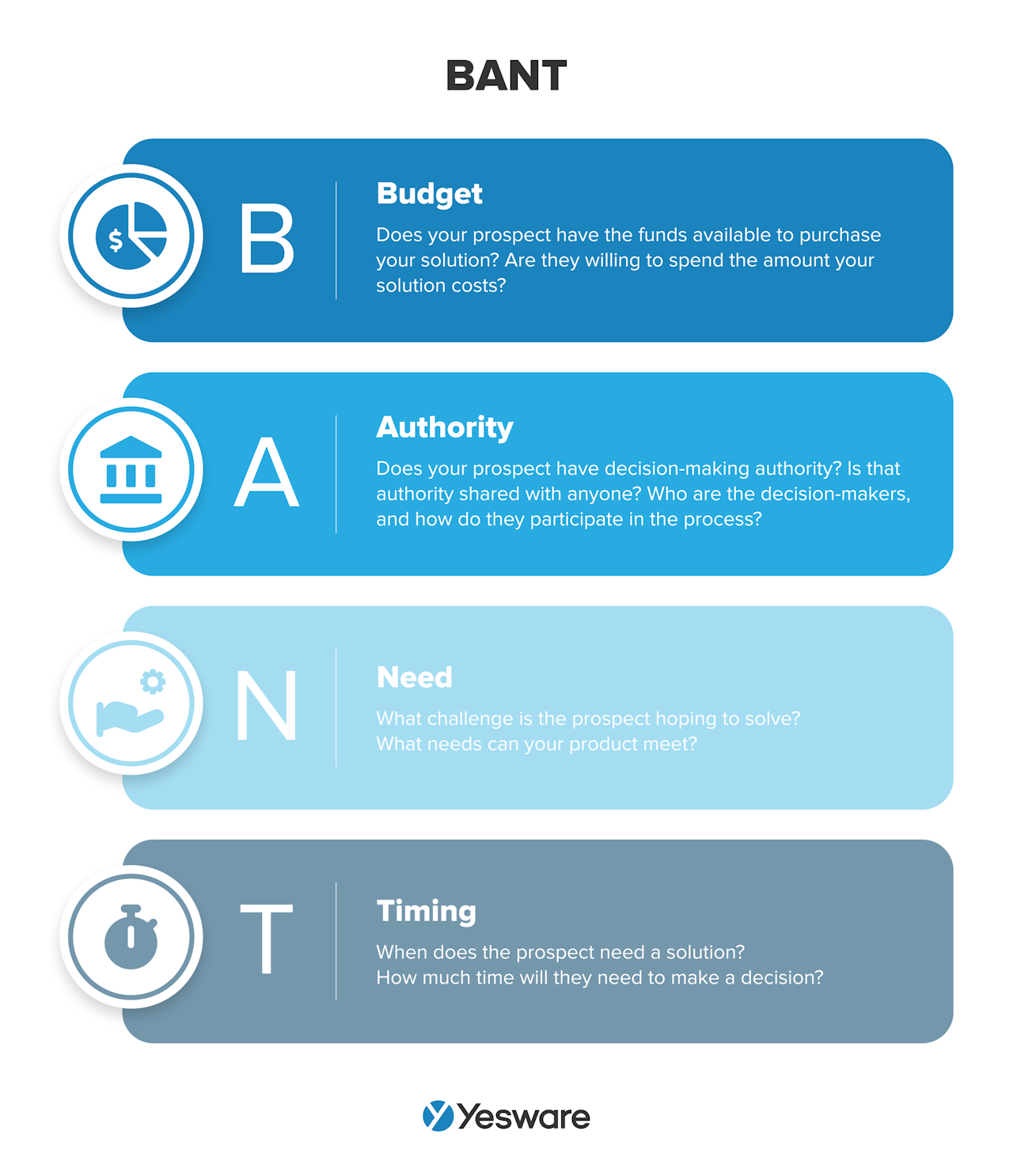
Remember, outside sales reps need to be personable, affable, and genuine. These tools are meant to serve as a guidepost, not a script to be off-the-page read word-for-word. The conversation needs to feel as natural as possible.
Budget and Authority Evaluation
Regardless of whether or not they use a formal qualification framework, B2B field reps still need to make a point to assess the budget and decision-making power of the prospect with whom they’re speaking.
Sales Presentations
Sales presentations are where B2B outside sales reps really shine. Though technologically sophisticated slide decks may be impressive, there’s little that can replace the effect of a live, in-person presentation or product demo. 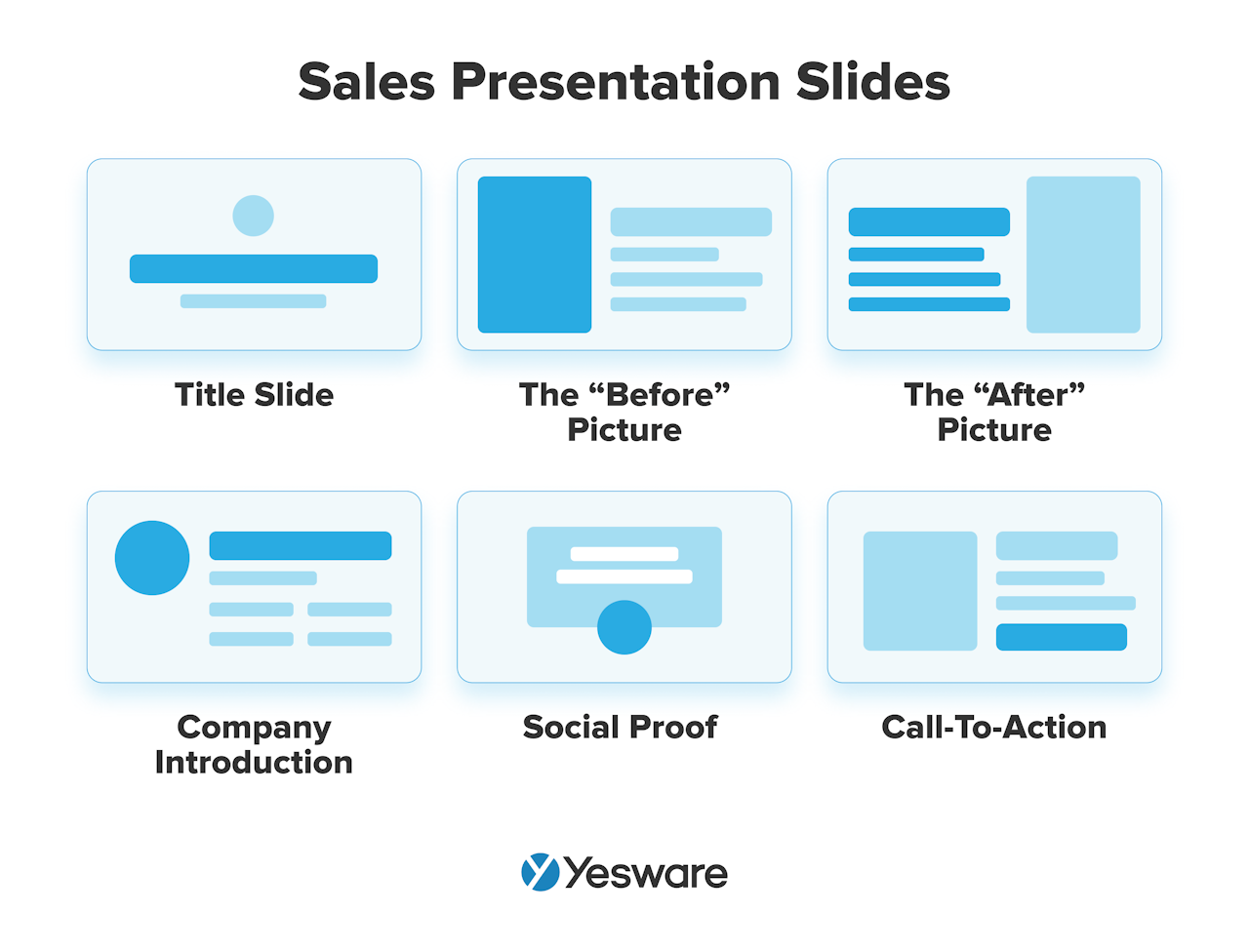
Effective Pitching and Demonstrations
Great sales presentations are an art and a science. Outside sales reps rely a lot on their charisma, product knowledge, and prospect research, but there are also a few best practices to keep in mind as you create your pitch:
- Make It Interactive: The terms “pitch” and “presentation” may conjure up images of reps standing at the front of the front of the room while everyone else sits and listens, but that shouldn’t be reality. Great sales presentations are more of a conversation than a pitch, with plenty of room for back and forth.
- Follow the 60-Second Rule: To that end, sales reps should keep an eye on how long they talk for any given period of time. Try to limit your monologues to a minute or less, before giving the prospect a chance to offer feedback.
- Read the Room: If you’re noticing that the prospect isn’t picking up what you’re putting down, it’s more than okay to stop and regroup. Pushing on with a pitch that isn’t resonating can be very off-putting, and taking the time to stop and understand their current thinking goes a long way in building trust and gaining a solid grasp on their true needs.
Remember to also leverage your ability to use non-digital resources throughout your presentation.
Handling Objections
Sales objections are a very normal part of the sales process, and outside sales is no exception. B2B field reps need to be able to think on their feet, though, and be prepared to respond to sales objections with little reaction time. 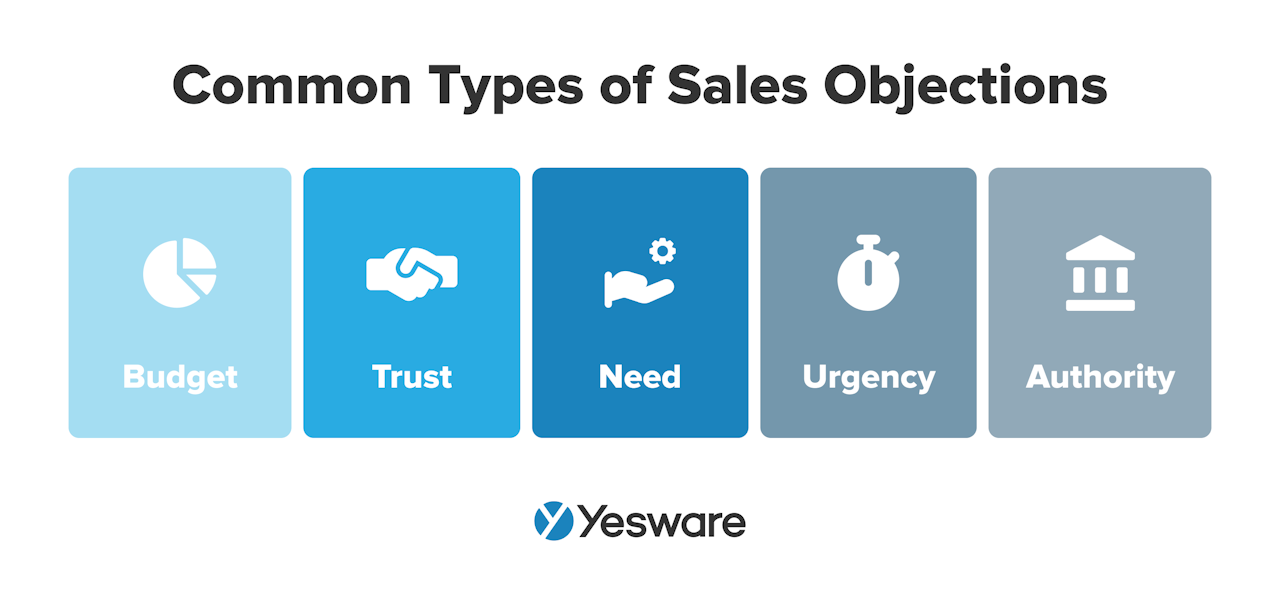 One easy way to soften a reluctant buyer is to respond to their objections with empathy. The more you show you understand their pain points and their needs, the more likely they’ll be to want to work with you. Responding affirmatively before approaching a solution can also serve to buy you some time.
One easy way to soften a reluctant buyer is to respond to their objections with empathy. The more you show you understand their pain points and their needs, the more likely they’ll be to want to work with you. Responding affirmatively before approaching a solution can also serve to buy you some time.
Closing Deals
Knowing that outside sales reps close deals at a 10% higher rate than remote reps, it’s clear they must be doing something right.
Negotiation Strategies
There’s probably nothing more frustrating than losing a deal during the sales negotiation stage.
Closing takes practice and experience, but keeping in mind the following strategies will help you maintain confidence and calmness throughout the process.
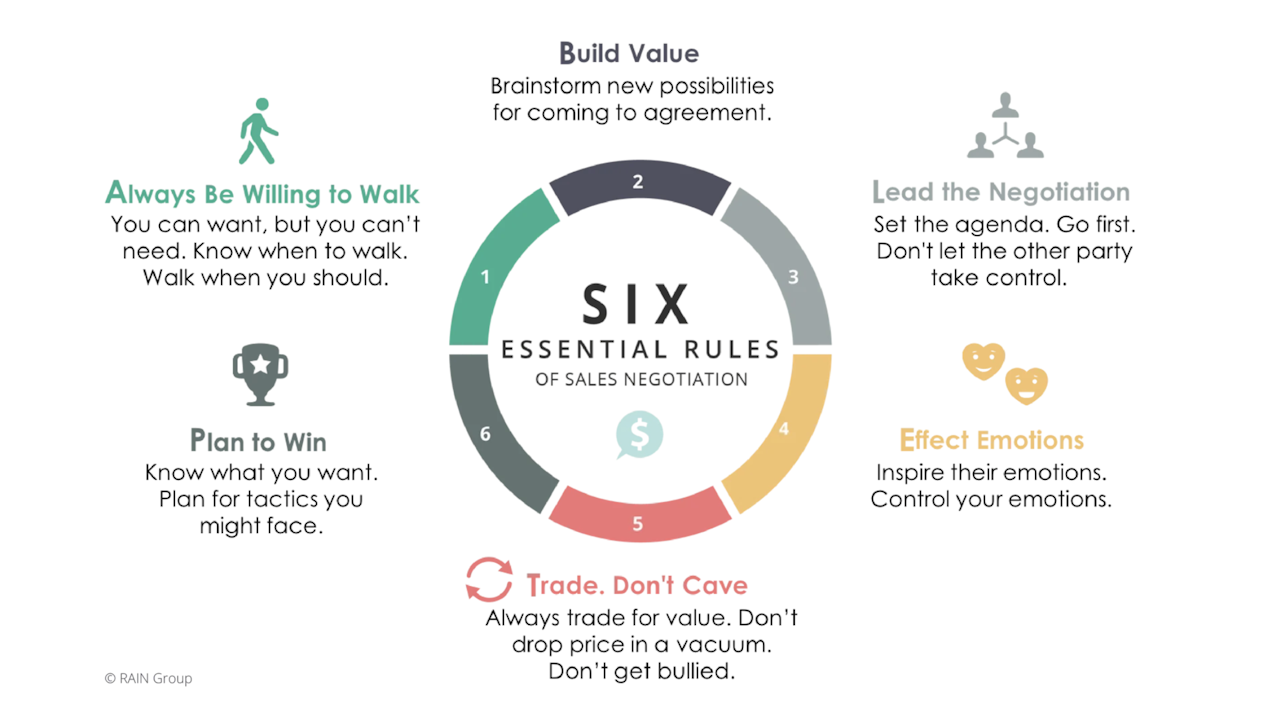
One thing to note: being “willing to walk” does not mean being rude, pushy, or creating fake urgency. It means being savvy and confident enough to recognize when a deal isn’t a good fit — no matter how well-qualified the prospect initially seemed.
Building and Nurturing Customer Relationships
Customer relationships are important in all types of sales, but some could argue that outside sales require the most post-sale care.
A significant component of success in outside sales is the process of building trusting, genuine relationships with prospects. Deprioritizing the relationship before the ink on the contract even dries can make sales reps seem insincere, and leave customers wondering if they got taken for a ride.
The Importance of Relationship Building
Building strong, mutually valuable relationships within the sales pipeline is one of the best ways to set yourself up for success when it comes to post-sale customer maintenance.
The more you add value and make yourself an advisor throughout the process, the easier it will be to maintain a productive and communicative relationship.
One thing that goes a long way after prospects become customers is the simple act of gratitude. Let your customers know how much you appreciate their business, as well as their insight and cooperation throughout the process.
Account Management and Customer Service
Account management in outside sales may look a bit different than staying in touch with remote clients.
While a check-in email every once in a while is perfectly acceptable, it’s also important to maintain a level of connection that’s comparable to what the customer received throughout the sales process.
In other words, this may mean that outside sales reps need to follow up in person to maintain the connection they built before the deal closed.
A dedicated customer service and/or customer success team can take some of the pressure off of field reps when it comes to following up; that being said, it’s still important for the rep that sold to the customer to make an effort to stay in touch.
Customer Retention and Referrals
Happy customers are worth far more than the value of their contract.
For one thing, it’s about six times cheaper to sell to existing customers than it is to attract new ones.
Outside sales reps who learn to master cross-selling and upselling can uncover an entirely new market full of potential. 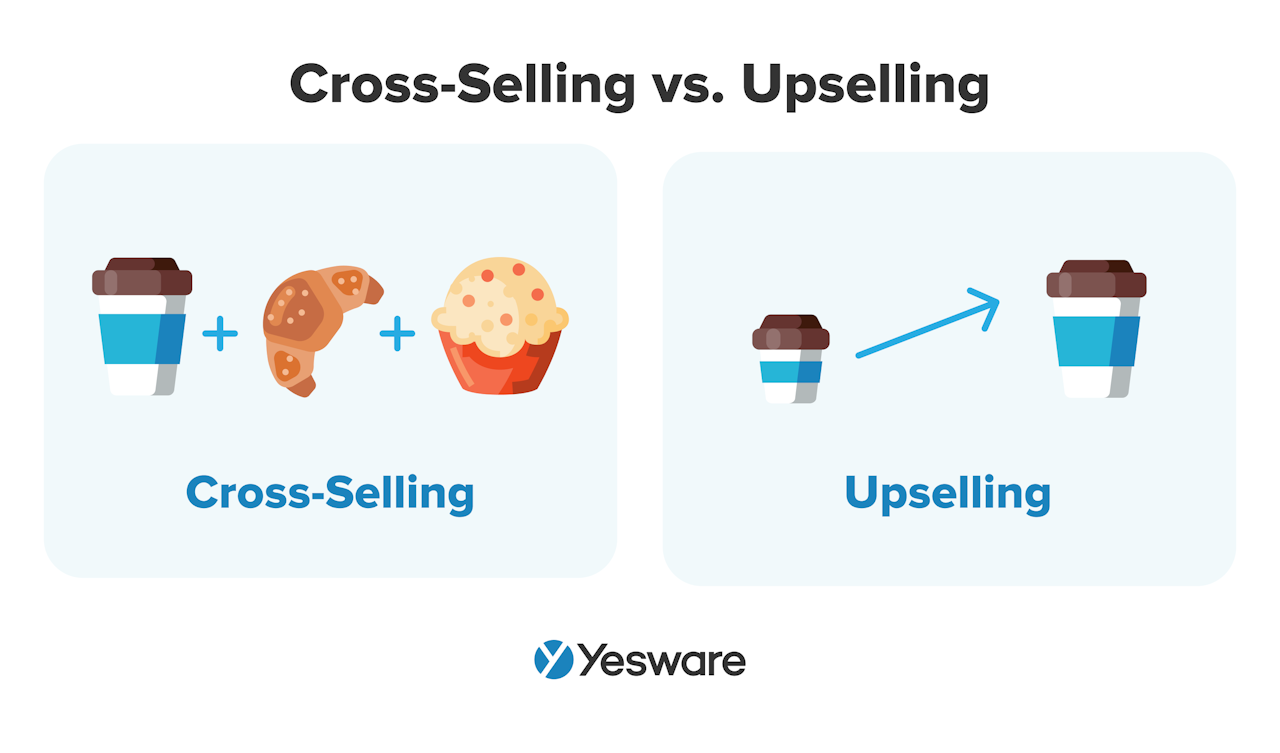 A customer base full of enthusiastic clients might also be a great opportunity for a formalized referral incentive program. Given how lucrative referrals can be, it only makes sense to create a structured initiative to measure its impact.
A customer base full of enthusiastic clients might also be a great opportunity for a formalized referral incentive program. Given how lucrative referrals can be, it only makes sense to create a structured initiative to measure its impact. 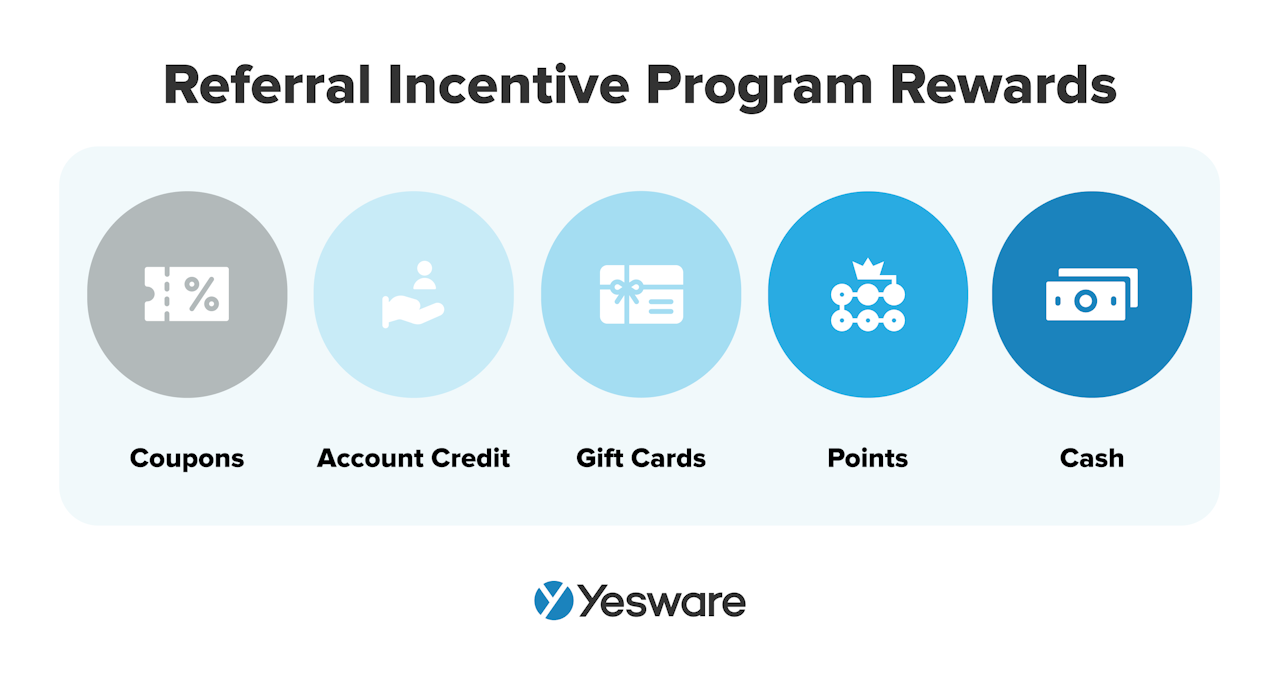 Again, in-person contact is key to keeping these programs healthy and productive. Customers who purchase from outside sales reps expect a certain level of consideration and contact after the fact — but when that need is met, they can become extremely loyal, profitable customers.
Again, in-person contact is key to keeping these programs healthy and productive. Customers who purchase from outside sales reps expect a certain level of consideration and contact after the fact — but when that need is met, they can become extremely loyal, profitable customers.
Leveraging Technology in Outside Sales
Although outside sales reps rely heavily on face-to-face meetings to do their job, they also need to trust that they have robust technology running in the background to help them juggle the many moving pieces of meeting clients where they are.
Mobile Sales Apps
All field sales reps need to have a reliable smartphone with WiFi access. For the large majority of the time reps are on the road, their phone will be their access to all of the tools they need to manage their pipeline.
Reps should ensure that their phones are consistently up-to-date, secure, and powerful enough to run the various apps they need throughout the sales process. Location services should be enabled at all times, as well.
GPS and Location-Based Tools
All outside sales reps need accurate, fast GPS and location-based tools to help them navigate the travel aspect of their job.
These tools include everything from a basic GPS navigation system to a full-blown prospect location system with data enrichment capabilities. They can help reps navigate traffic, local events or other potential travel issues, and geographical need-to-knows, as well as specific insights for each prospect.
Sales Analytics and Reporting
The sales process can’t be optimized unless it’s tracked, measured, and analyzed — outside sales are no different.
Sales reporting software can make easy work of collecting sales results and coalescing the results into actionable insights. With effective data analysis, field sales reps can improve everything from their travel routes to their qualifying process to their negotiation skills.
Data-driven decisions are the best kind. Even if they ultimately don’t play out as successfully as your team may have hoped, having the data to inform your decision (and help strategize your future ones) can help keep your goals on track and your team accountable.
Overcoming Challenges in Outside Sales
Just like any career, outside sales isn’t without its challenges.
Maintaining Work-Life Balance
Outside sales reps are known to be highly driven individuals. Some report that they have a hard time “turning off” at the end of the day, month, or quarter, and are constantly chasing the next opportunity. This makes sense — after all, a certain sense of adrenaline and energy that comes from making new connections every day (especially for extroverts).
That being said, B2B field reps need to be extra mindful to maintain a healthy work-life balance.
Finding this balance looks different for everyone. For some, it may mean putting pencil to paper and literally scheduling time for non-work activities. For others, it may mean simply being more mindful about how frequently they say “yes” or “no” to work and/or non-work activities.
Handling Rejection and Staying Motivated
Rejection is a very normal part of sales.
In fact, rejection is far more common in sales than closing deals. The key is to treat rejection as a learning opportunity, rather than an indication of failure. This is part of having a growth mindset, which can go a long way in staying motivated in a sales career. 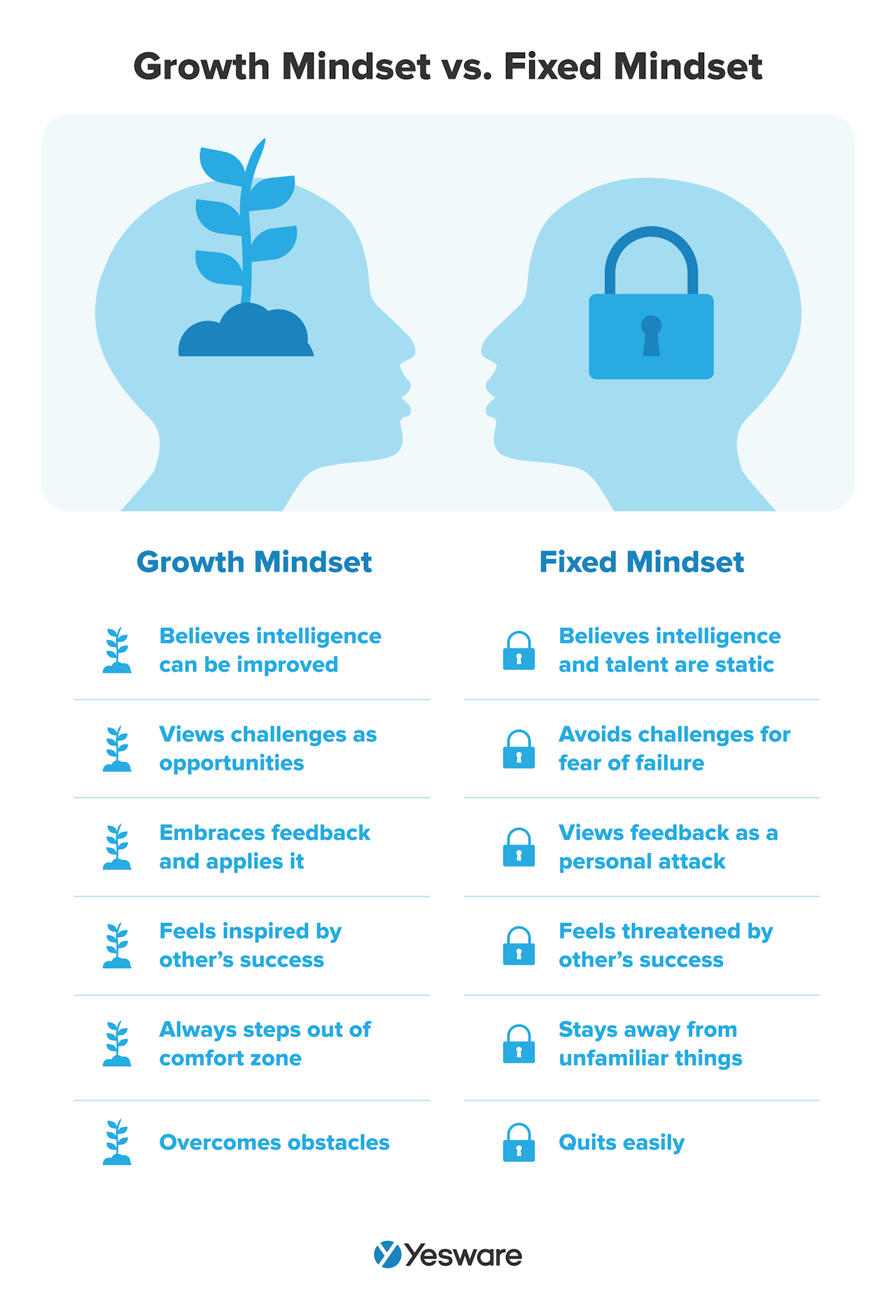 Every sales objection and rejection is an opportunity to learn and improve. And remember — in today’s B2B sales world, “no” doesn’t always mean “no, forever.” Sometimes, “no” means “not right now.” Outside sales reps need to master the art of nurturing prospects to keep not-ready prospects engaged until the follow-up is more effective.
Every sales objection and rejection is an opportunity to learn and improve. And remember — in today’s B2B sales world, “no” doesn’t always mean “no, forever.” Sometimes, “no” means “not right now.” Outside sales reps need to master the art of nurturing prospects to keep not-ready prospects engaged until the follow-up is more effective.
How Yesware Helps Outside Sales
Yesware’s Prospector tool gives outside sales reps access to accurate, up-to-date, enriched data for 100+ million B2B business profiles.
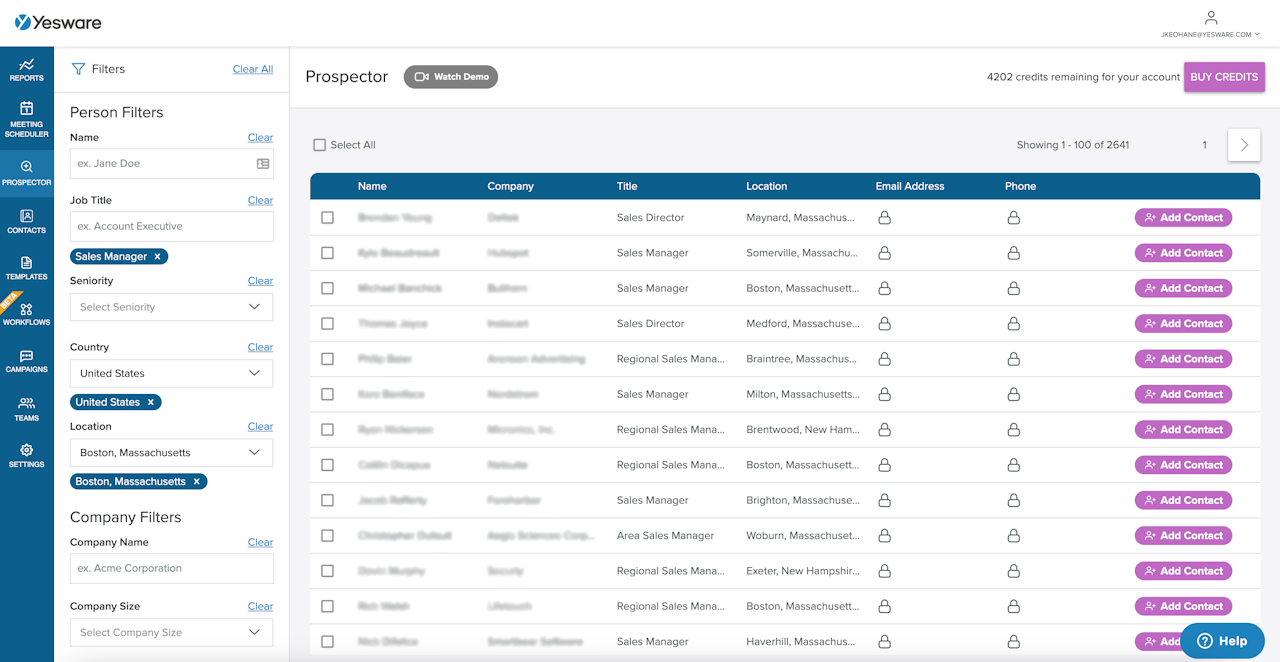
And with advanced, highly detailed search filters, field reps can quickly access the details they need to prioritize their pipeline and optimize their travel.
Reps can then reach out to these prospects with multi-touch, multi-channel campaigns right from their Gmail or Outlook inbox to improve connect rates and meet more buyers in person.
All of our data processes are GDPR & CCPA compliant, so you can prospect with confidence and security.
Does your team have an outside sales rep(s)? How would they describe their job? How does outside sales contribute to your bottom line?
Get sales tips and strategies delivered straight to your inbox.
Yesware will help you generate more sales right from your inbox. Try our Outlook add-on or Gmail Chrome extension for free, forever!
Related Articles
Casey O'Connor
Casey O'Connor
Casey O'Connor
Sales, deal management, and communication tips for your inbox

